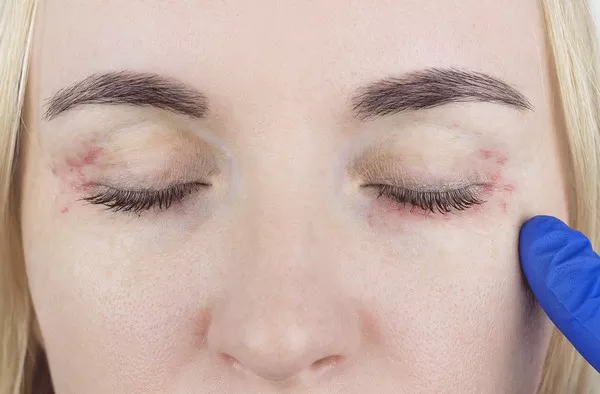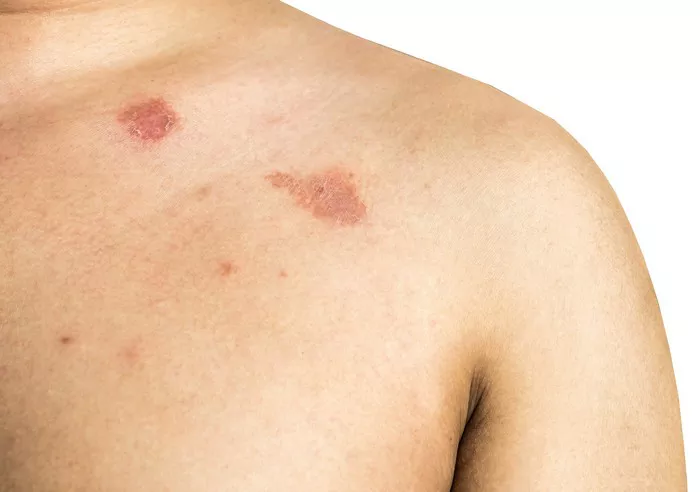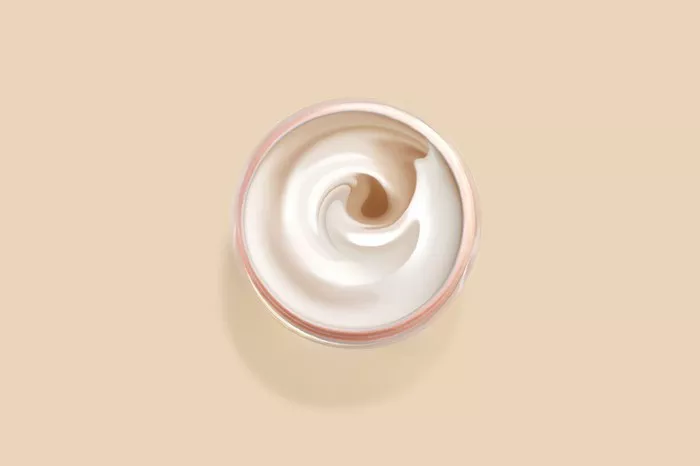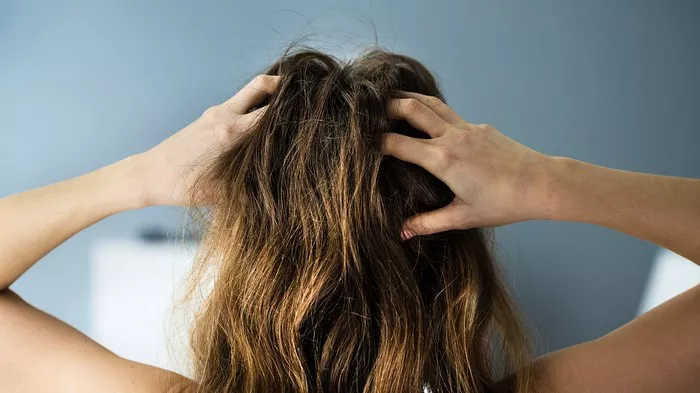Eczema, also known as atopic dermatitis, is a condition that causes the skin to become itchy, dry, red, and inflamed. While it can affect any part of the body, the armpits are a common area for eczema flare-ups. This can be particularly uncomfortable because the skin in the armpits is sensitive and prone to irritation. If you’re dealing with eczema in this area, don’t worry—there are effective treatments and lifestyle changes that can help you manage and even eliminate the symptoms.
In this article, we’ll explore the causes of eczema in the armpits, symptoms to watch for, and step-by-step guidance on how to treat and prevent flare-ups. We’ll also provide tips for maintaining healthy skin in the armpit area so you can feel comfortable again.
Understanding Eczema in the Armpits
Eczema is a chronic condition, which means it can last a long time. When it appears in the armpits, it is often due to a combination of genetic factors, environmental triggers, and skin sensitivities. The skin in the armpits is thinner and more prone to friction, sweat, and bacteria, all of which can exacerbate eczema symptoms.
There are several potential causes of eczema in the armpits, including:
Genetics: Eczema often runs in families. If someone in your family has eczema, asthma, or hay fever, you may be more likely to develop it.
Irritants: Certain products like deodorants, perfumes, and soaps can irritate sensitive skin in the armpits, triggering eczema flare-ups.
Sweating: The armpit area is prone to sweating, which can cause moisture buildup. This moisture can make the skin more prone to irritation and infection.
Heat and humidity: Warm and humid weather can worsen eczema by making the skin sweat and become irritated more easily.
Friction: The rubbing of clothing against the skin, especially tight clothing or rough fabrics, can cause eczema to flare up in the armpit area.
Recognizing Eczema Symptoms in the Armpits
If you have eczema in your armpits, it’s important to recognize the symptoms early on. Common signs of eczema in this area include:
Itching: One of the most common and irritating symptoms of eczema is intense itching. Scratching the affected area can make the condition worse and lead to further irritation.
Redness and Inflammation: Eczema often causes the skin to turn red and become swollen. In the armpits, this can make the skin look irritated and inflamed.
Dry, Flaky Skin: Eczema can cause the skin to become dry and flaky. This may result in cracked skin that is more vulnerable to infection.
Blisters or Weeping: In severe cases, eczema can lead to small blisters that may ooze fluid. This happens when the skin becomes severely inflamed and irritated.
Thickened Skin: Over time, the skin affected by eczema may become thicker and leathery due to constant scratching and irritation.
Treatment for Eczema in the Armpits
Now that we understand the causes and symptoms of eczema, let’s focus on the treatments that can help reduce flare-ups and manage the condition.
1. Use a Gentle, Fragrance-Free Soap
The first step in treating eczema in the armpits is to avoid irritating products. Many soaps, especially those with fragrances or harsh chemicals, can make eczema worse. Switch to a mild, fragrance-free soap that is designed for sensitive skin. Look for products labeled “hypoallergenic” or “for sensitive skin” to help reduce irritation.
When cleaning your armpits, avoid scrubbing the area too harshly. Gently wash with lukewarm water and a soft washcloth. Hot water can dry out your skin, while rough scrubbing can irritate it further.
2. Moisturize the Skin Regularly
Keeping your skin moisturized is essential for eczema treatment. Dry skin is more prone to eczema flare-ups, so it’s important to apply a good moisturizer to your armpits after bathing. Look for thick creams or ointments that contain ingredients like petroleum jelly, shea butter, or ceramides. These ingredients create a barrier that locks moisture into the skin.
Apply your moisturizer while your skin is still slightly damp from the shower. This will help seal in moisture and prevent dryness.
3. Apply Topical Steroid Creams
For more severe eczema flare-ups, topical corticosteroid creams can help reduce inflammation and itching. These creams are available in different strengths, with stronger options requiring a prescription from your doctor. A mild hydrocortisone cream is available over the counter and can be helpful for mild eczema cases.
Be cautious when using steroid creams, as overuse can lead to thinning of the skin. Apply the cream sparingly to the affected area and follow your doctor’s instructions for use.
4. Avoid Known Irritants
Certain products or lifestyle habits can trigger or worsen eczema flare-ups. To prevent irritation in the armpit area, take note of any products or activities that seem to make your symptoms worse. Common irritants include:
Deodorants and Antiperspirants: Many deodorants and antiperspirants contain alcohol, fragrance, or other chemicals that can irritate sensitive skin. Look for a deodorant that is alcohol-free and fragrance-free to minimize irritation.
Tight Clothing: Wearing tight clothing, especially synthetic fabrics like polyester, can cause friction and irritate the skin. Opt for loose-fitting, cotton clothing to reduce skin irritation.
Shaving: Shaving the armpits can cause small nicks or cuts, leading to further irritation. If you have eczema, you may want to avoid shaving until the flare-up clears up or use a gentle, moisturizing shaving cream.
5. Use Anti-Inflammatory Treatments
In addition to steroid creams, other anti-inflammatory treatments can help manage eczema. These may include:
Calcineurin Inhibitors: These prescription creams, such as tacrolimus (Protopic) or pimecrolimus (Elidel), help reduce inflammation without the use of steroids. They are often prescribed for areas of the skin that are more sensitive, like the armpits.
Antihistamines: If your eczema is causing significant itching, an oral antihistamine like diphenhydramine (Benadryl) can help relieve discomfort. This is particularly useful for night-time itching that disrupts sleep.
6. Try Natural Remedies
Some people find relief from eczema using natural remedies. While not a substitute for medical treatment, these remedies can be helpful in managing symptoms:
Coconut Oil: Coconut oil has natural moisturizing and anti-inflammatory properties. Applying it to the affected area can help soothe the skin and reduce dryness.
Aloe Vera: Aloe vera is known for its cooling and healing properties. Applying aloe vera gel to eczema-affected skin can help reduce inflammation and provide relief from itching.
Oatmeal Baths: An oatmeal bath can help soothe inflamed skin. Use colloidal oatmeal, which is finely ground to dissolve in water, and soak for 10-15 minutes to reduce irritation.
Preventing Eczema Flare-Ups in the Armpits
While treatment can help manage eczema, prevention is key to reducing the frequency of flare-ups. Here are some tips to keep eczema in the armpits under control:
Wear Breathable Clothing: Choose fabrics that allow your skin to breathe, such as cotton. Avoid tight clothing and fabrics that trap sweat, as they can irritate the skin and lead to flare-ups.
Manage Sweat: If you tend to sweat a lot, use a gentle, fragrance-free antiperspirant. Also, change clothes promptly if you sweat excessively to prevent moisture buildup.
Reduce Stress: Stress can trigger eczema flare-ups. Practice relaxation techniques like deep breathing, yoga, or meditation to help manage stress levels.
Keep Your Skin Hydrated: Regularly moisturize your skin, especially after showering, to keep it hydrated and prevent dryness.
When to See a Doctor
If your eczema in the armpits does not improve with over-the-counter treatments, or if the symptoms are severe and causing significant discomfort, it may be time to consult a doctor. Your healthcare provider can recommend stronger prescription treatments or investigate other underlying conditions that could be contributing to the eczema.
Conclusion
Eczema in the armpits can be frustrating and uncomfortable, but with the right treatment and lifestyle changes, it is possible to manage and even eliminate the symptoms. By using gentle products, moisturizing regularly, and avoiding known triggers, you can keep your skin healthy and reduce the risk of flare-ups. If your eczema persists or worsens, don’t hesitate to seek professional medical advice for a more tailored treatment plan.
Related topics:

























